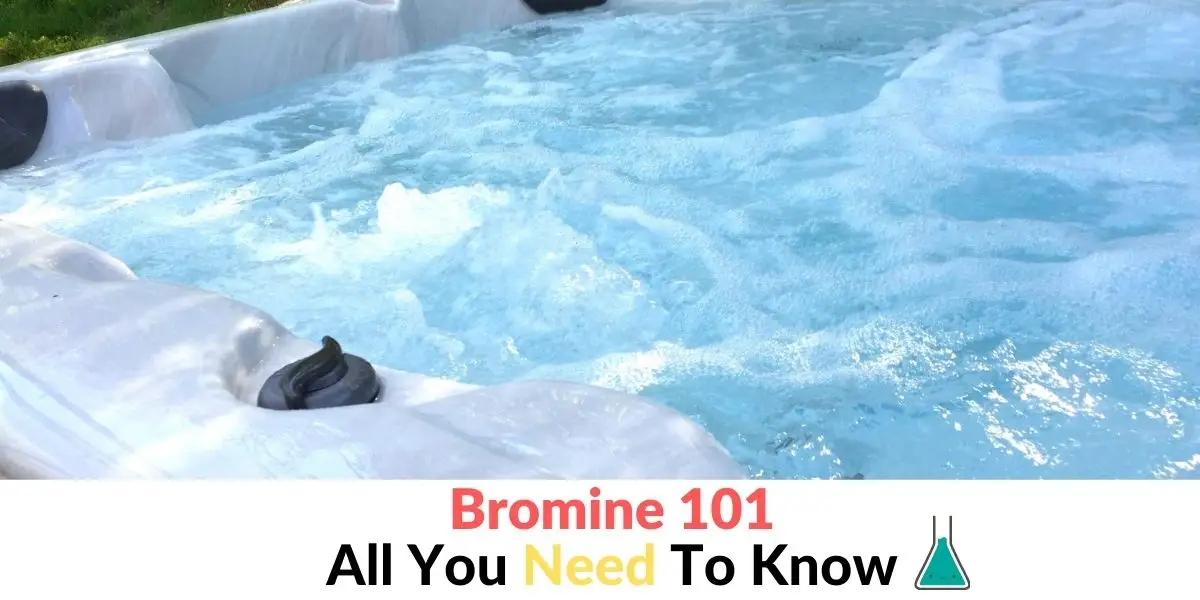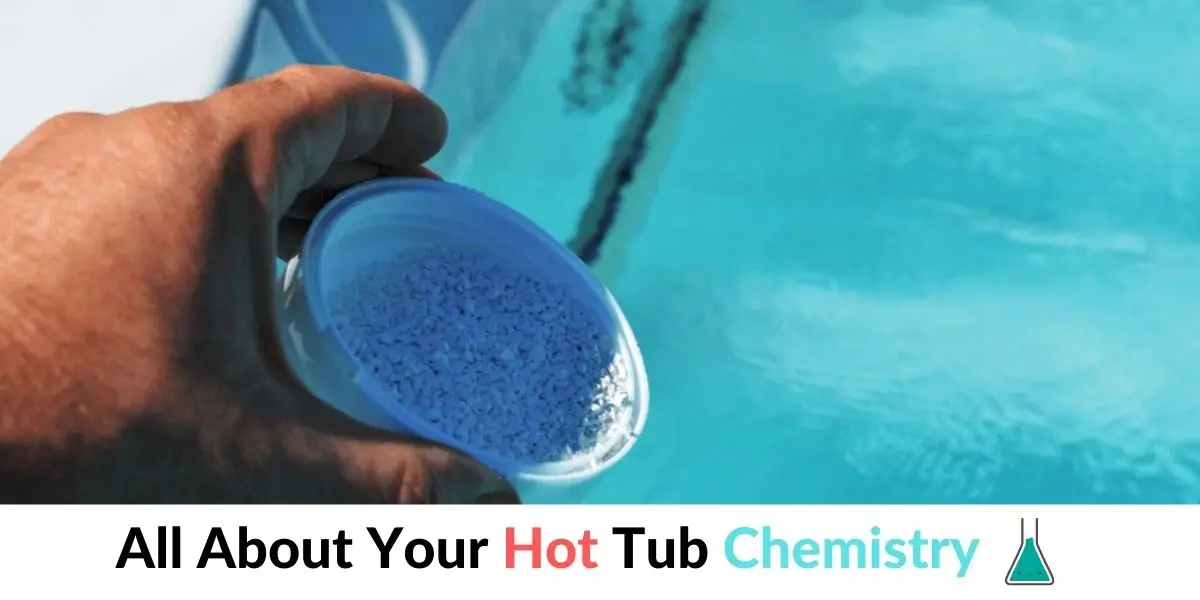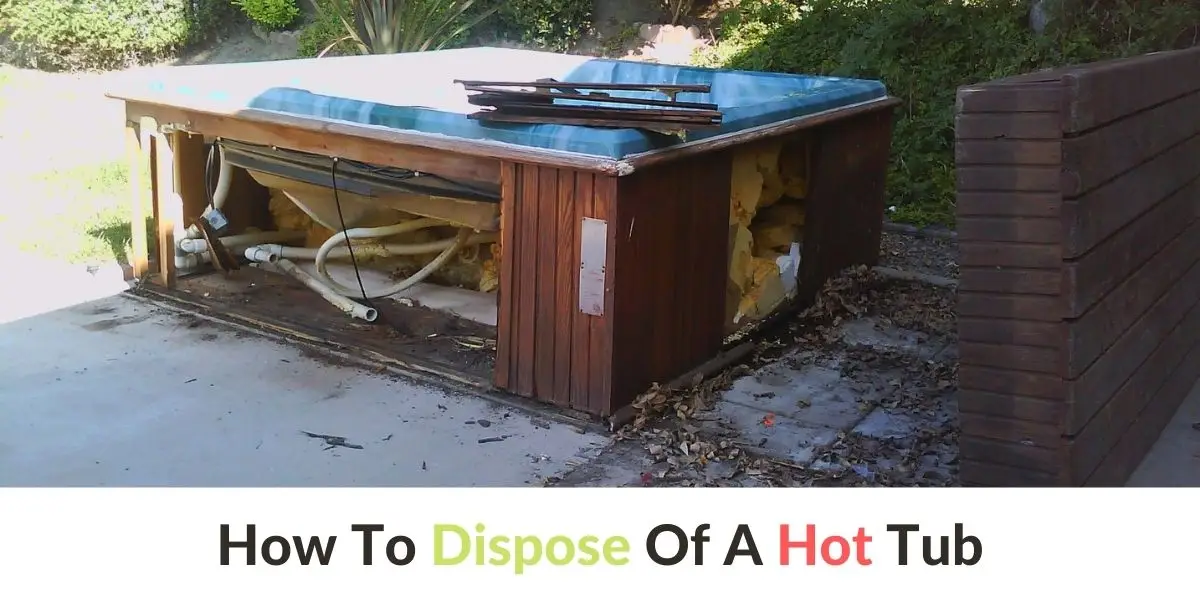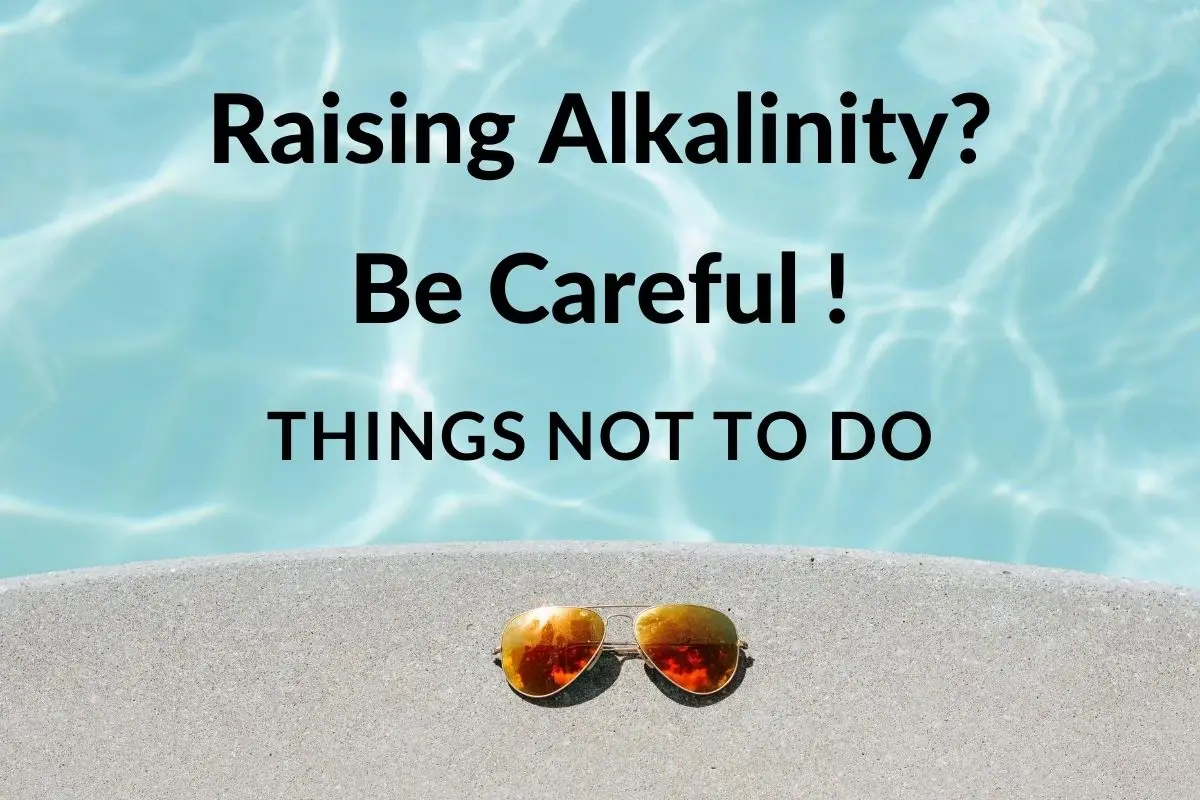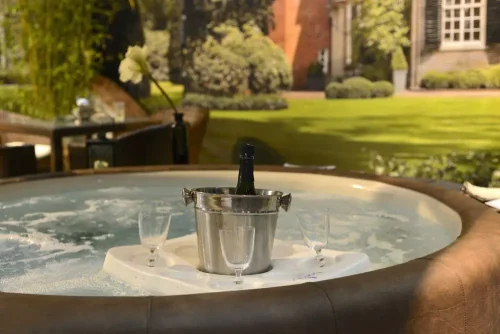What Is Cya In Hot Tub?
Cyanuric acid, abbreviated as CYA, is a chemical compound that is added to a hot tub to stabilize chlorine levels inside the pool or hot tub. By doing that, the pool’s sanitizer will last longer thus keeping the water inside clean for a longer time.
CYA also goes by the name pool stabilizer or conditioner. The fact that CYA is a triazine means it contains 3 carbon atoms and 3 nitrogen atoms. You can buy it in granule or liquid form.
Why Use Cyanuric Acid?
If you don’t have CYA in your hot tub, the tub will have severe chlorine demand. UV rays destroy destabilized chlorine very fast. This leaves your hot tub susceptible to countless contaminants.
Note: It takes a mixture of chemicals for your hot tub to remain safe for use. At times, you need to do more than add some chemicals. In such a case, you need some form of an ‘assistant’ chemical. That is where CYA comes in.
The role it plays in a hot cannot be understated. Before we fully appreciate what it does, it is important to note that the chlorine in your hot tub is of three types:
- Free
- Total
- Combined
Free refers to the sanitizer that is present to clean water. Combined chlorine is the sanitizer available to kill bacteria and other harmful stuff inside the water. Total chlorine, just like its name suggests, is a total of combined and free chlorine.
Once you put chlorine in your hot tub, it changes into sodium hypochlorite ions. When the harsh UV rays hit the ions, they separate. Evaporation of the chlorine part takes place leaving water in the tub with almost no chlorine.
For chlorine to destroy any water contaminants without CYA, you’ll need to put in as much as 8 times more than if you added CYA just once. Too much chlorine in your water is not only costly but harmful to your body.
Adding CYA adds more life to your tub’s sanitizer. Once chlorine evaporates, CYA binds to the ions ensuring they don’t break apart when exposed to the sun’s ultraviolet rays.
CYA plays a big role in maintaining all three forms of chlorine.
How Do I Lower The Cyanuric Acid In My Hot Tub?
The only way to lower cyanuric acid levels in your hot tub is by dilution, which means you need to add more water.
So how do you know that your hot tub has a lower CYA? You can use the following kit to test it.
- Features a photometer which gives you a digital reading of test results.
- Water resistant housing and carrying case provided.
- Tests Free Chlorine, Total Chlorine, Bromine, PH, Alkalinity, Calcium Hardness, and Cyanuric Acid.
- Uses liquid reagents for all test factors except Cyanuric Acid, which uses tablets.
Once you have read the test kit and established that the levels are too high, the next step you should take is to troubleshoot. Evaluate whether you’re utilizing stabilized chlorine (this one contains tiny amounts of CYA).
The presence of the following chemicals is an indication of the presence of CYA:
In some instances, CYA levels might be too high inside your hot tub. In such a case, even if you try to dilute your tub with fresh water, it might not work. The prudent thing to do is drain the entire hot tub and then refill it afresh with fresh water.
Of great importance to note is the fact that CYA is notorious for hanging inside the filtration system. Therefore, if the levels are too high, it might be necessary to change or backwash your filters.
What Raises Cyanuric Acid in a Pool?
Adding a pool stabilizer in a pool can raise CYA levels in a pool. It goes by the name stabilizer because CYA is effective at stabilizing free chlorine and preventing it from evaporating. Many chlorine products in the market today feature a stabilizer inside.
By adding a chlorine solution that has a stabilizer, you can automatically raise CYA levels. You can purchase and add granular and liquid stabilizer solutions separately.
After adding the appropriate or needed amounts, there is no need to keep adding some more frequently. This is because this chemical stays inside the water at relatively consistent levels over time.
How Do You Fix Low CYA?
The only way to fix low CYA acid is by adding more chlorine to your water. You need to be extremely careful not to overdo it as it can do more harm than good. The rule of thumb is to maintain a good balance between both the chlorine and CYA.
Fixing low CYA levels in your hot tub is possible by following the steps we have highlighted in the previous section.
What Are The Appropriate Cyanuric Acid Levels?
According to the WHO, you should maintain 100 ppm (parts per million) of CYA in your hot tub, at least on the higher side. Maintaining it at 50 ppm to 100 ppm should be safe.
In addition to safety concerns, a higher concentration of the chemical inhibits the effectiveness of chlorine meaning you’ll have to grapple with contaminants in your tub.
Higher CYA levels can also result in:
- Decreased sanitizing
- Cloudy water
- Unbalanced water chemistry
Levels that are above 100 ppm render it impossible to read the accurate amount on the recommended test strip we shared above.
Is Cyanuric Acid Dangerous? Why Monitor Cyanuric Acid?
Too much CYA inside a hot tub is dangerous. When the levels are too high, the chemical obliterates the effectiveness of chlorine which means that you will not only have wasted your hard-earned money on two chemicals but will also still have a dirty hot tub.
You must maintain appropriate CYA and chlorine levels if you are to enjoy the benefits of the two.
Failure to measure or monitor the level of chemicals inside the water frequently will make it almost impossible to maintain balanced levels. The first thing you need to do when it comes to monitoring is to comprehend basic hot tub chemistry.
It is important that you not only create a hot tub maintenance schedule but also stick to it. Test strips should be handy when it comes to weekly monitoring of the chemical levels in the water. Using test strips is the most affordable and simplest methods to monitor:
- CYA levels
- Free chlorine levels
- pH






